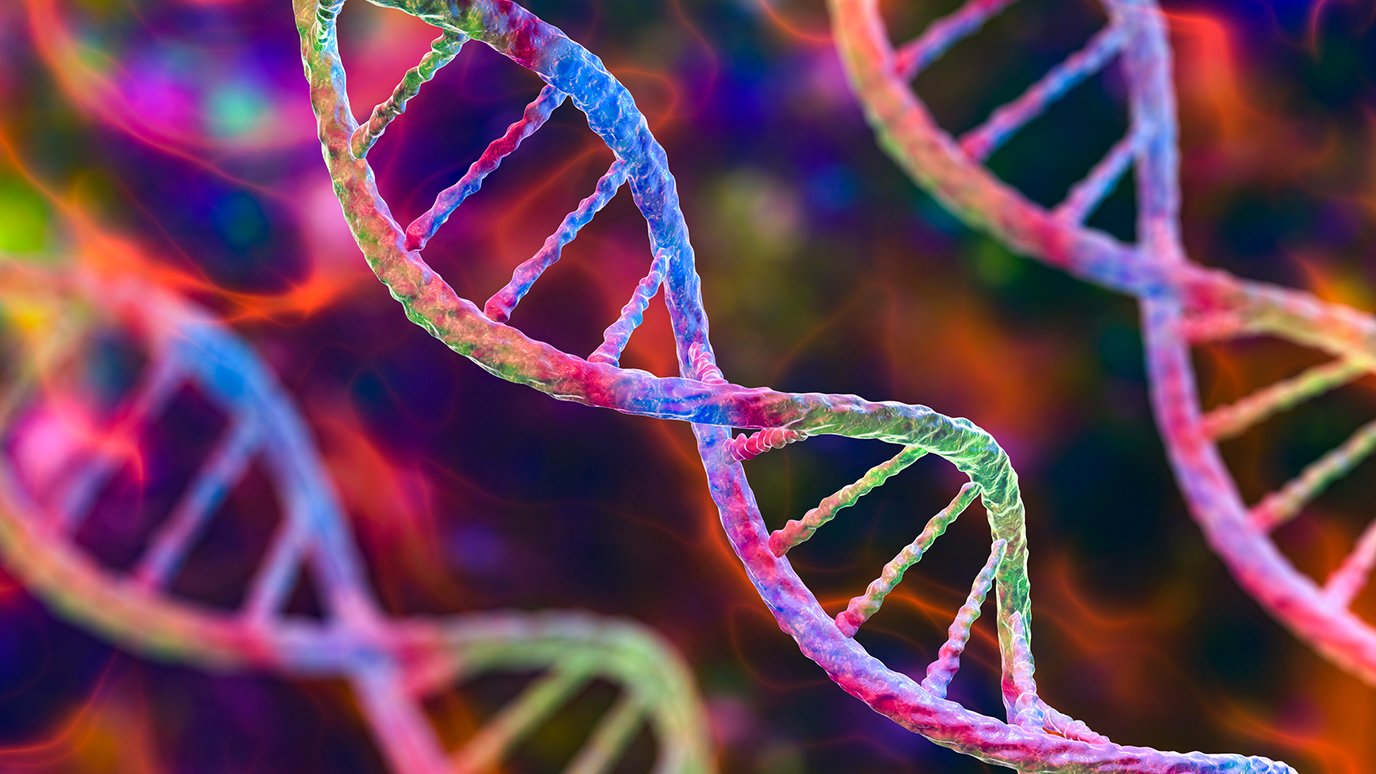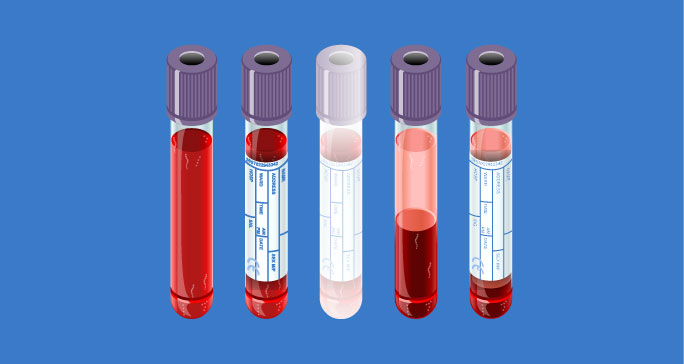- Diseases
- Acoustic Neuroma (14)
- Adrenal Gland Tumor (24)
- Anal Cancer (66)
- Anemia (2)
- Appendix Cancer (16)
- Bile Duct Cancer (26)
- Bladder Cancer (68)
- Brain Metastases (28)
- Brain Tumor (230)
- Breast Cancer (718)
- Breast Implant-Associated Anaplastic Large Cell Lymphoma (2)
- Cancer of Unknown Primary (4)
- Carcinoid Tumor (8)
- Cervical Cancer (154)
- Colon Cancer (164)
- Colorectal Cancer (110)
- Endocrine Tumor (4)
- Esophageal Cancer (42)
- Eye Cancer (36)
- Fallopian Tube Cancer (6)
- Germ Cell Tumor (4)
- Gestational Trophoblastic Disease (2)
- Head and Neck Cancer (6)
- Kidney Cancer (124)
- Leukemia (344)
- Liver Cancer (50)
- Lung Cancer (288)
- Lymphoma (284)
- Mesothelioma (14)
- Metastasis (30)
- Multiple Myeloma (98)
- Myelodysplastic Syndrome (60)
- Myeloproliferative Neoplasm (4)
- Neuroendocrine Tumors (16)
- Oral Cancer (100)
- Ovarian Cancer (170)
- Pancreatic Cancer (164)
- Parathyroid Disease (2)
- Penile Cancer (14)
- Pituitary Tumor (6)
- Prostate Cancer (144)
- Rectal Cancer (58)
- Renal Medullary Carcinoma (6)
- Salivary Gland Cancer (14)
- Sarcoma (236)
- Skin Cancer (296)
- Skull Base Tumors (56)
- Spinal Tumor (12)
- Stomach Cancer (60)
- Testicular Cancer (28)
- Throat Cancer (90)
- Thymoma (6)
- Thyroid Cancer (98)
- Tonsil Cancer (30)
- Uterine Cancer (78)
- Vaginal Cancer (14)
- Vulvar Cancer (18)
- Cancer Topic
- Adolescent and Young Adult Cancer Issues (20)
- Advance Care Planning (10)
- Biostatistics (2)
- Blood Donation (18)
- Bone Health (8)
- COVID-19 (362)
- Cancer Recurrence (120)
- Childhood Cancer Issues (120)
- Clinical Trials (628)
- Complementary Integrative Medicine (24)
- Cytogenetics (2)
- DNA Methylation (4)
- Diagnosis (230)
- Epigenetics (6)
- Fertility (64)
- Follow-up Guidelines (2)
- Health Disparities (14)
- Hereditary Cancer Syndromes (124)
- Immunology (18)
- Li-Fraumeni Syndrome (8)
- Mental Health (118)
- Molecular Diagnostics (8)
- Pain Management (62)
- Palliative Care (8)
- Pathology (10)
- Physical Therapy (18)
- Pregnancy (18)
- Prevention (898)
- Research (392)
- Second Opinion (74)
- Sexuality (16)
- Side Effects (604)
- Sleep Disorders (10)
- Stem Cell Transplantation Cellular Therapy (216)
- Support (404)
- Survivorship (322)
- Symptoms (184)
- Treatment (1776)
Secondary cancers: Why they occur and how to catch them early
4 minute read | Published January 06, 2022
Medically Reviewed | Last reviewed by an MD Anderson Cancer Center medical professional on January 06, 2022
Though it happens very infrequently, sometimes people develop a second type of cancer in addition to the first. This could be due to a number of factors, including:
- genetic mutations that can predispose someone to developing certain cancers,
- hereditary cancer syndromes that make people more likely to develop multiple cancers
- side effects of the therapies patients receive to treat their initial cancer diagnoses, and
- lifestyle choices, such as alcohol or tobacco use.
To learn more about why secondary cancers occur, which ones to look out for, and what patients can do to catch them early, we spoke with two experts: Sajad Khazal, M.D., who specializes in pediatric cancers, and J. Andrew Livingston, M.D., who treats both osteosarcoma and soft-tissue sarcoma in adults and children. Here’s what they had to say.
How common are secondary cancers, in general?
Livingston: That’s a very good question. Unfortunately, there’s not a really good, simple answer. Statistically, patients who’ve already had cancer or cancer treatment once do have a higher chance of developing it again over the course of their lifetimes. But it’s important to note that it’s still very, very rare. The chance of developing a chemotherapy-induced leukemia, for instance, is probably less than 1%.
Khazal: Agreed. Among children and young adults, the odds are very low. I’d say less than 2% of all pediatric and young adult patients will develop a secondary cancer.
Which secondary cancers are the most commonly diagnosed?
Livingston: Leukemias, lymphomas and sarcomas. But there are others, such as breast cancer, lung cancer, and thyroid cancer, too. It really depends on a patient’s prior treatment and how it was administered. People who receive radiation therapy to the chest for Hodgkin lymphoma, for instance, are at a higher risk of developing breast cancer one day. But how much depends on several factors, including their age at the time of diagnosis, the dosage they received, and the areas of their body that received radiation.
Khazal: Yes. Usually, they’re blood cancers like Dr. Livingston mentioned, but again, it depends on the initial disease and its treatment. Someone who received radiation treatment in a particular area could theoretically develop skin cancer there as a result many years later. But again, it’s not very common, and the risk is really quite low, so it doesn’t prevent us from using these therapies to treat our patients. You have to weigh the risks and benefits, of course, but the benefits of getting rid of the cancer are usually far greater than the very small risk of potentially causing another cancer down the line.
Do secondary cancers occur more frequently with certain types of therapies than others?
Khazal: Any time someone is given chemotherapy, it puts them at higher risk of developing a secondary cancer. It’s more common with some medications, though, such as etoposide, which is used to treat testicular cancer and lung cancer, and cyclophosphamide, which is used to treat breast cancer and ovarian cancer.
What kind of follow-up care is needed to monitor patients for secondary cancers?
Khazal: Long-term guidelines depend on the type of someone’s primary cancer and its treatment. But the purpose of getting blood tests regularly is to look for signs of secondary cancers. Even if you’ve been cured of your original cancer, there could still be long-term side effects from your treatment.
Are there any special screenings survivors should have to detect secondary cancers early?
Livingston: Yes. Screening for secondary cancers is a very important part of cancer care that every patient should have as part of their survivorship.
Khazal: The type of cancer you had initially and the treatment you received for it will determine what doctors look for and how often. Patients with hereditary cancer syndromes like Li Fraumeni, for instance, will have a full-body MRI done at least once a year as a part of their regular screening. That’s because we know they will likely develop several different types of cancer during their lives. Similarly, patients who receive radiation therapy for a brain tumor will likely be screened for meningioma, a type of benign brain growth that can sometimes develop as a side effect of that therapy.
What symptoms should patients who’ve recovered from a primary cancer watch for, and alert their care team to?
Khazal: With blood cancers, I’d say looking pale, bruising easily, excessive nose or gum bleeds, and persistent fever. All of these are early indicators that your marrow might be failing or not producing enough red or white blood cells. With skin cancers resulting from radiation therapy, I’d say to watch for any new lesion or mole that’s not going away or is getting worse, and is bleeding or itching.
Livingston: The only thing I’d add to that list is a new lump, mass, or pain in an area that was previously irradiated. Those would also be cause for concern. Other, more non-specific symptoms include new or worsening fatigue and frequent infections. All of these could be signs of a secondary blood cancer and should be checked out immediately.
Request an appointment at MD Anderson online or by calling 1-844-757-0360.

Screening for secondary cancers is a very important part of cancer care.
J. Andrew Livingston, M.D.
Physician





